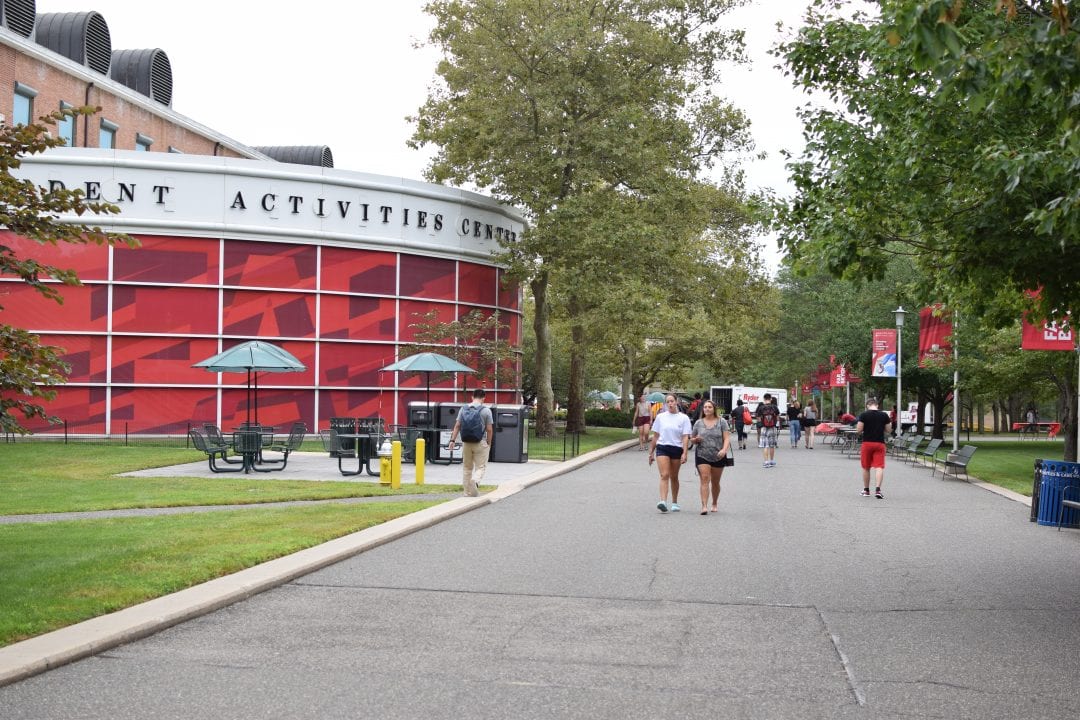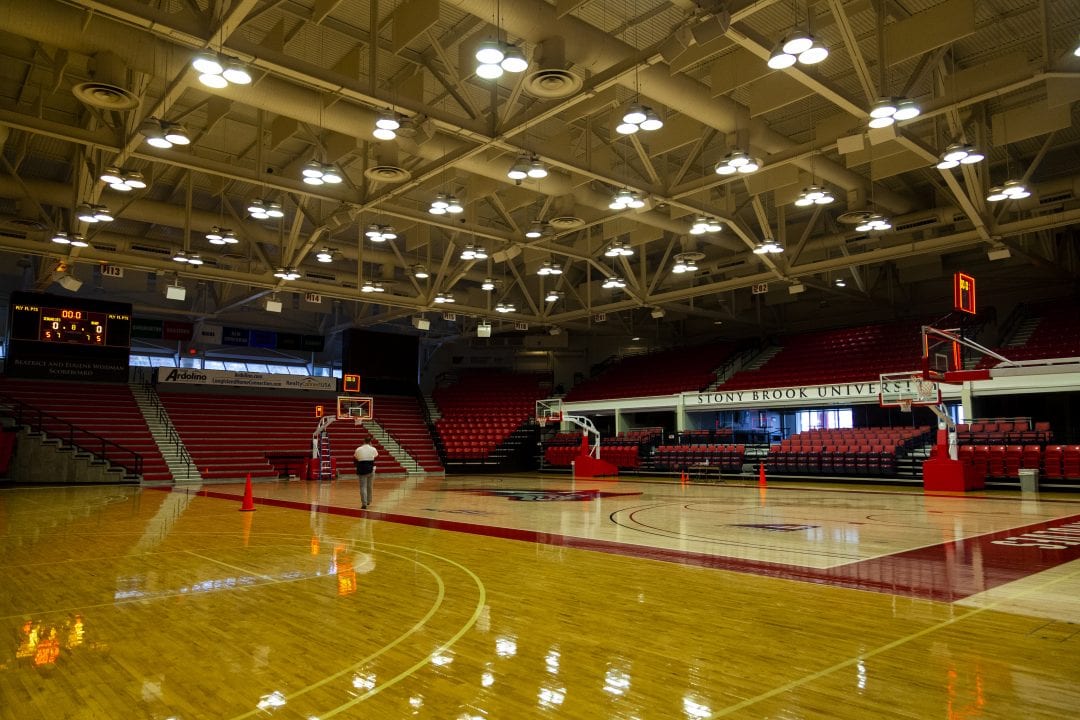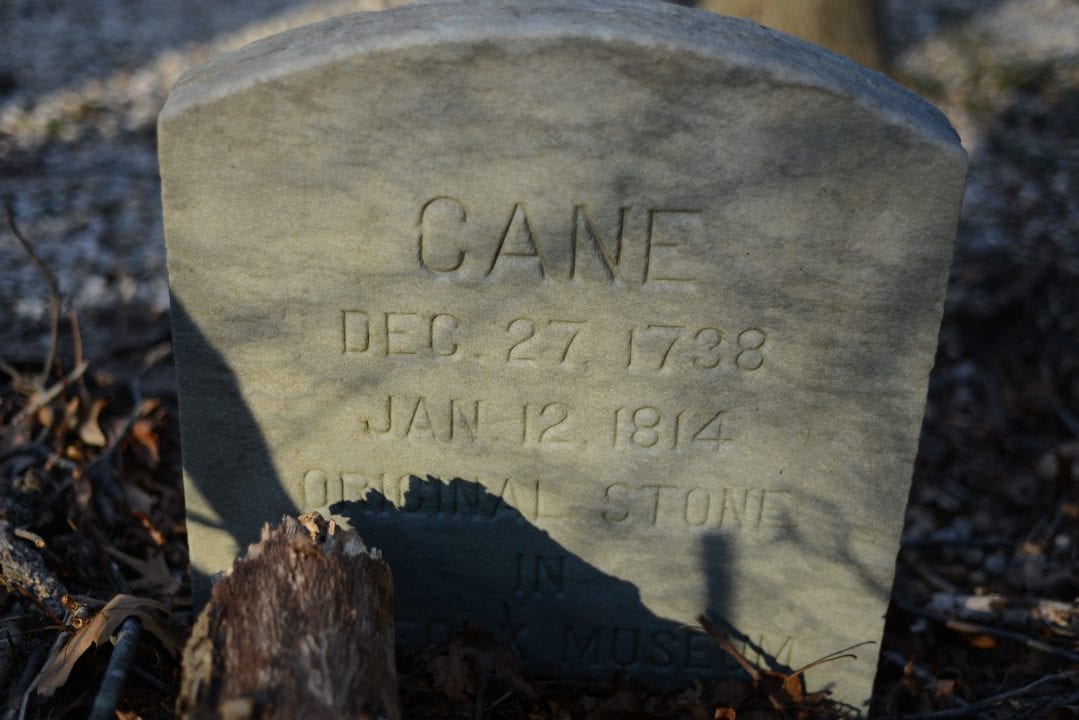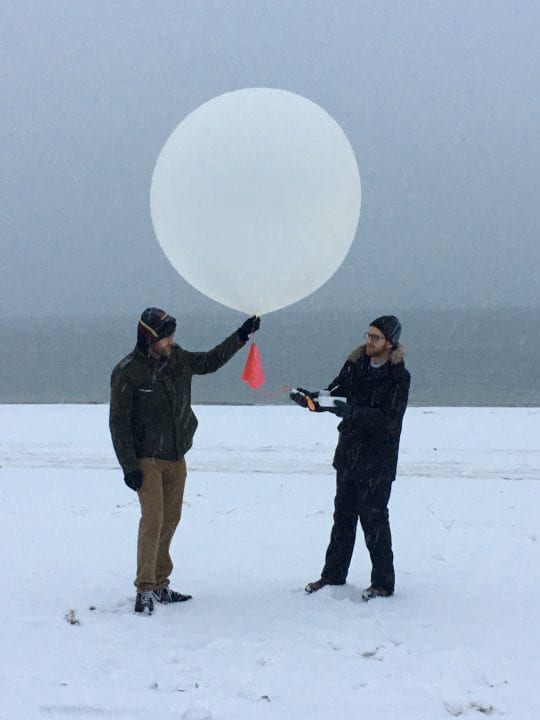
Dr. Hari Pillai, a retired local physician, struggled to sit and stand on his own. For someone who had polio as a child and relapsed in 2000, the task is not so easy.
In an attempt to aid him, Anurag Purwar, a research associate professor in the Department of Mechanical Engineering, and a group of students designed the Portable Mobility Assistant Device six years ago.
And now the device is on its way onto the market to help many others become independent.
“There are lots of people out there who have trouble actually getting up on their own, especially people who had polio when they were a child,” Purwar said.
The device resembles a walker with support bars, a pelvic harness and a patented six-part linkage feature controlled by the user with a remote. It allows someone to stand entirely on his or her own and can act as a walker. The device also keeps the body at a consistent posture and provides complete support to ensure that the user will never fall.
“The best quality of the device which distinguishes it from any device in the market, is that it has what I call natural motion,“ Purwar said. The six-part mechanism lifts the body along paths that it would normally take, which in the long-term can reduce joint problems because “the right kinds of joints and muscles are being exercised.”
Upon the initial request, Purwar could not believe no other devices were previously designed to fit these needs. “When he called me, I thought, there must be devices like this in the market and there’s no way that somebody has not really looked at this problem and solved it,” he said.
He found that although there are devices on the market with the ability to lift a person, the mechanisms are either too bulky or do not assist with the elevation or walking function.
“So I said to myself, this is really not what we do, because mostly we are just working on developing new methods and new algorithms for machine design, but it was right up my alley,” he said.
Purwar hired a group of students from the senior design class, whom he would advise, to take on the project.
In addition to a $275,000 budget, the project has received grants from Pillai, the SUNY Research Foundation, with a $50,000 Technology Accelerator Fund award, the Strategic Partnership for Industrial Resurgence (SPIR) program at Stony Brook University and the Center for Biotechnology at Stony Brook University.
After a couple of years though, nothing came of the group’s efforts and budget. It was not until the third year of work that Purwar became more involved. With the help of alumni Justin Miles, Jeffrey Renert and Tom Galeotafiore, and after many failed attempts, a mechanism was designed.
These students are co-inventors and therefore co-own the patent concerning the mimicking of natural motion of the human body through the mechanism.
“Design is a long process,” Purwar said. “If you want to come up with a good design, you really have to think about it at all times.”
“It literally consumed my thoughts all day, every day, but that was because I was determined to make something that worked and worked well,” Galeotafiore, 32, who now works as a mechanical engineer at P&K Tubular Products/Flagpoles Inc. said.
The first fully functional prototype was made in 2010, three years after he received the request.
But even though a fully functional prototype is in the lab, Purwar is not satisfied.
“I’m not very happy because this retired physician who’s like a friend to me now still can’t use it,” he said. “He has become like a moving target for us.”
Because Pillai continues to grow and gain weight and has some constraints, such as a sitting on a very wide sofa, he is not able to use the device.
After bringing the device to the veterans home in Stony Brook and nursing homes in Port Jefferson and Medford, he found physical and occupational therapists loved the device.
According to Purwar, therapists said it removes the stress of moving patients while ensuring no one gets hurt. Patients were unable to test the device due to liability issues.
Purwar plans to create a website dedicated to the Portable Mobility Assistant Device to keep people informed of its progress. He is working with Biodex Medical Systems in Shirley, NY, as a potential commercialization partner and predicts that it will be in the market in a couple of years.
“The true test to validating a product design is the market and all the hours I put into designing and building this device would be rewarded,” Galeotafiore said.
“I still think that there is a lot of work that needs to be done, and I would think my work is done not when this gets on the market, of course that is one of the goals of the funding, but when my friend actually starts using it.” He is confident that he will have a custom device made for Pillai within six to eight months.
















